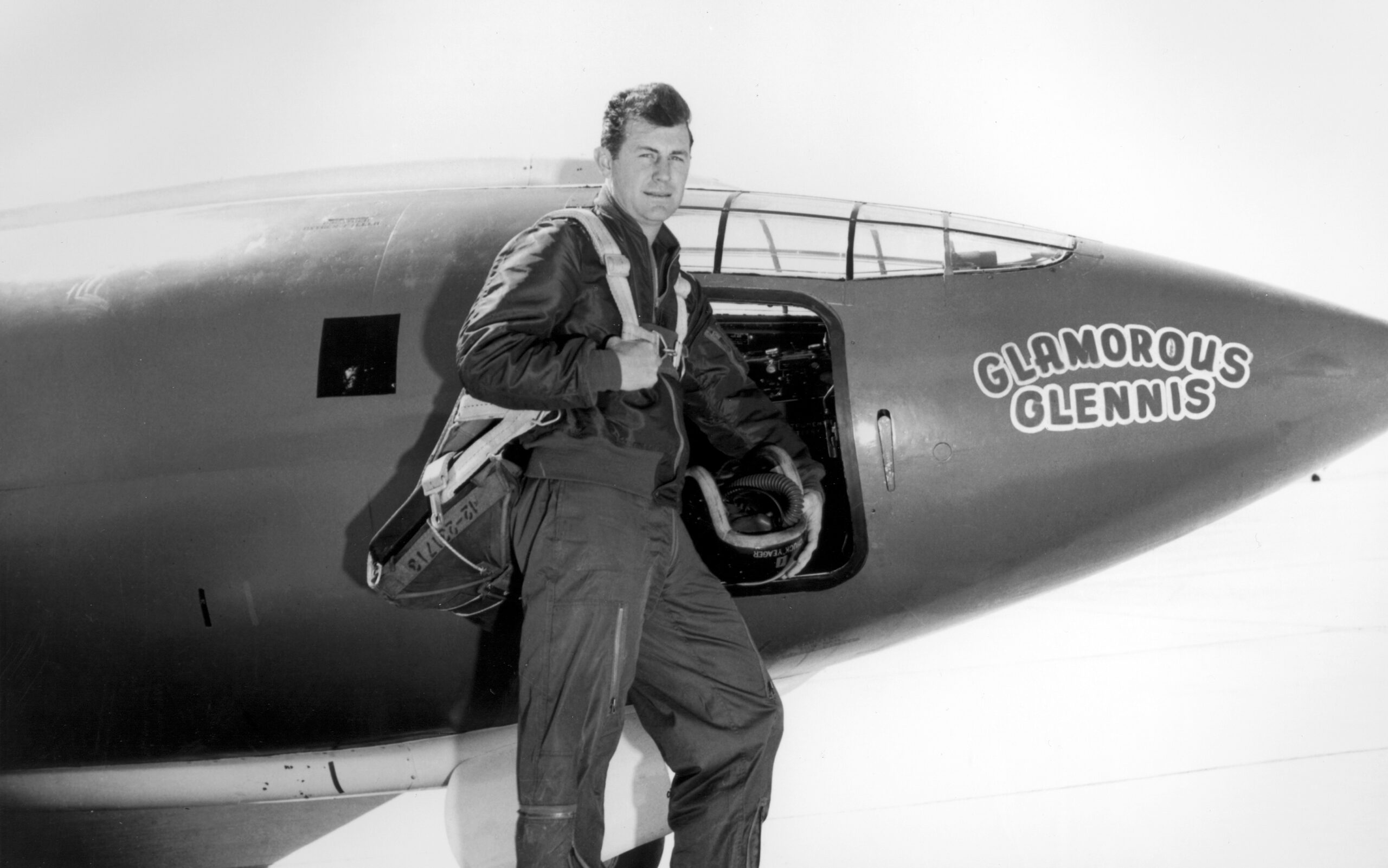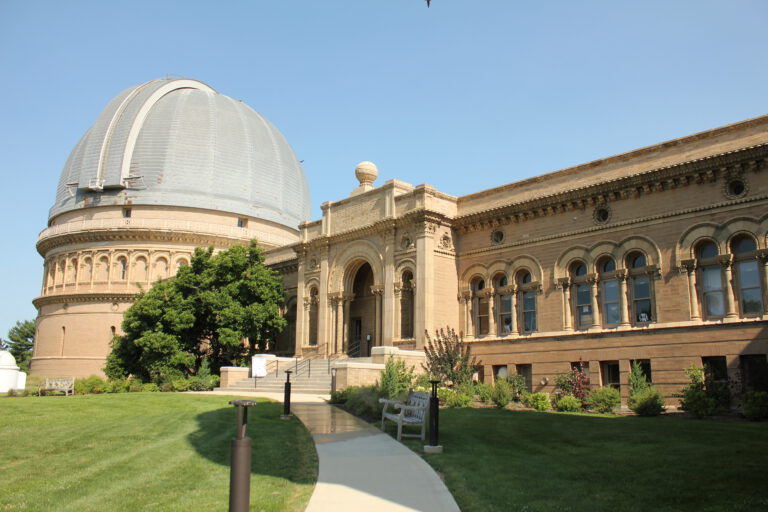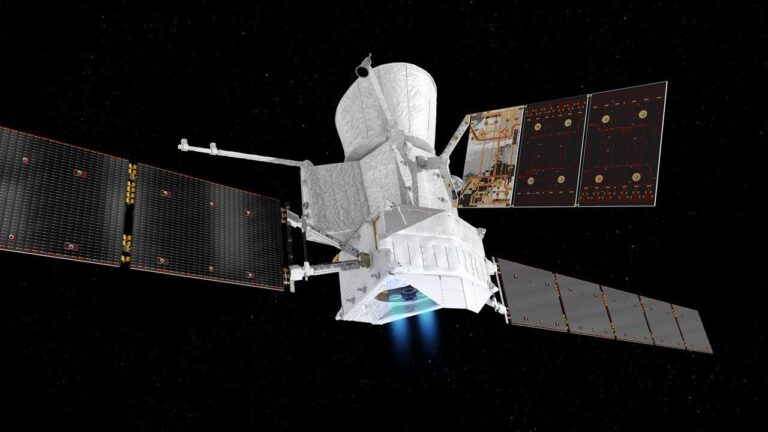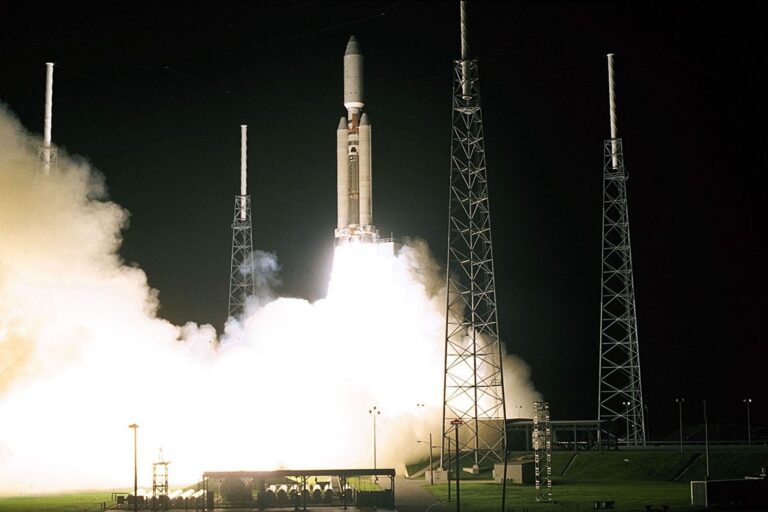
Key Takeaways:
- On October 14, 1947, Captain Chuck Yeager piloted the Bell X-1 aircraft, "Glamorous Glennis," achieving a speed of Mach 1.06.
- This flight disproved prevailing expert warnings that exceeding Mach 1 could lead to the structural disintegration of both aircraft and pilot.
- The transition from Mach 0.965 to Mach 1.06 exhibited remarkably few adverse effects, primarily a sonic boom perceived on the ground.
- This successful supersonic flight provided critical data for the nascent space program and significantly advanced understanding of high-speed aerodynamics.
When Glamorous Glennis, an experimental Bell X-1 aircraft built to mimic the shape of a .50 caliber bullet, shot to 700 mph (1,127 km/h) with Air Force Captain Chuck Yeager inside, it paved the way for Americans to one day travel to space. On Oct. 14, 1947, the X-1 was launched from the bomb bay of a B-29 at 20,000 feet (6,096 meters) for a flight that lasted 14 minutes. Experts had warned that going faster than the speed of sound – Mach 1 – could cause both Yeager and his plane to break up into tiny pieces. But when the X-1 jumped from Mach .965 to Mach 1.06, there were remarkably few effects, other than a boom on the ground. The supersonic flight put to rest this belief in the dangerous “invisible barrier” of sound, brought Yeager hero status, and gathered details about supersonic flight that would be imperative for the future of the space program.









